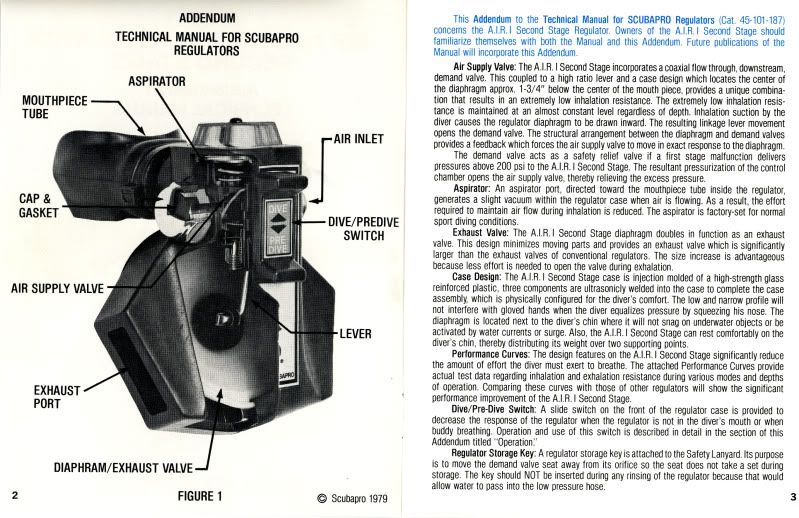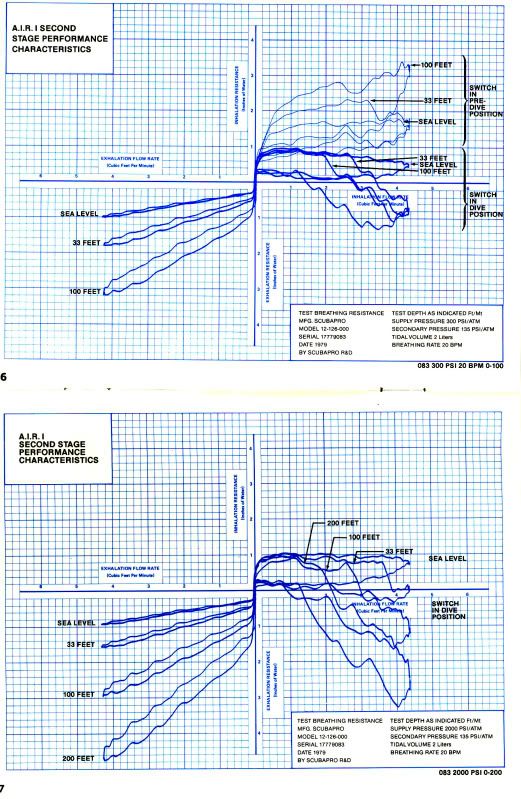I dove on a trawl from the University of Washington's fishing research vessel Commando in 1958. Dale Dean and I used state-of-the-art double hose regulators. We promptly discovered that design could not supply adequate air at the three knot towing speed. Those soft hoses bent closed from the force of passing water. Mostly, our objective, once we got onto the net, was to survive that first dive. Our meaningful observations were few indeed. Later, on loan from the IPHC, I made a number of dives with McNeely's Bureau of Commecrial Fisheries (BCF) team.
The BCF divers did not make direct contact with the trawl. They rode in an undersea sled desgined by Dick, towed from th efishing vessel. By considerable maneuvering, the sled was guided near the net, allowing some direct observations to be made. Having previously dived directly onto a net by hanging onto the web, I was confident even if not proven by test, that I could freely and quickly move to any part of the net worthy of study. However, most people, even other members of the BCF dive team, considered that too dangerous because the variety and magnitude of possible dangers had never been identified.
I considered the sled unacceptable. It couldn't go quickly to where I wanted to be. From the sled we were lucky to make one meaningful observation per dive and I felt sure that by pulling ourselves over the dynamic net, we could reach all parts on one dive. The boss still said no in spite of my rationale. Finally, I couldn't stand the limitation any longer. While Dick piloted the sled along side of the net, I reached out, firmely grasped the net and bailed out of the sled. I'm certain Dick was horrified. However, the freedom to move was complete. Hand over hand I roamed far and wide as the ship pulled the net through the ocean.
Watching me convinced Dick that riding the trawl was a better way, especially if we could eliminate the sled altogether. Later I tied big floats to the net leading wing tips with enough line to reach the surface. The dive team jumped into the water ahead and in the path of the already set net. We descended down the buoyline until the net was reached. Then our detailed examination of the net and fish entering the net's influence occupied the entire available bottom time. Surfacing was too simple. By releasing our hold of the net web, the net pulled away leaving us free to routinely ascend to the waiting skiff.
On one early occasion, I pulled myself forward on the net, moving slowly against the strong water force, until I reached one otterboard (door). cautiously, I proceeded onto the door itself, a spot we believed could be disastrous dfor a diver because of the great turbulence it created. The dangers were real but presumably predictable so I accessed them as carefully as my experience would allow. Next, I moved hand-ove-hand ahead of the door and discovered that by good training, careful planning and strict attention to the obvious davgers, we could descend directly along the net tow cables from just behind the fishing vessel down to the door, past the door with its dense silt cloud and onto the net, thereby cutting out a great deal of lost time and prematurely consumed air.
At long last, we could quickly and efficiently study an entire trawl on a single dive. We science divers thereafter jumped into the water from the fishing vessel, descended olang the tow cable, assessed the function of the door as we passed and continued on to the leading edge of the net. Mnay hundreds of net divel were safely performed using that technique and I trained numerous other fishery scientists to conduct trawl dives in their own regions. Well, that is the background to trawl diving, now let us deal with some of the noteworthy events that happened while carying out those dangerous dives.
High, Willaim (Bill) L., Beneath the Sea, A Sampling of Diving and Other Adventures, Best Publishing Company, 1998, pg 161-2.






